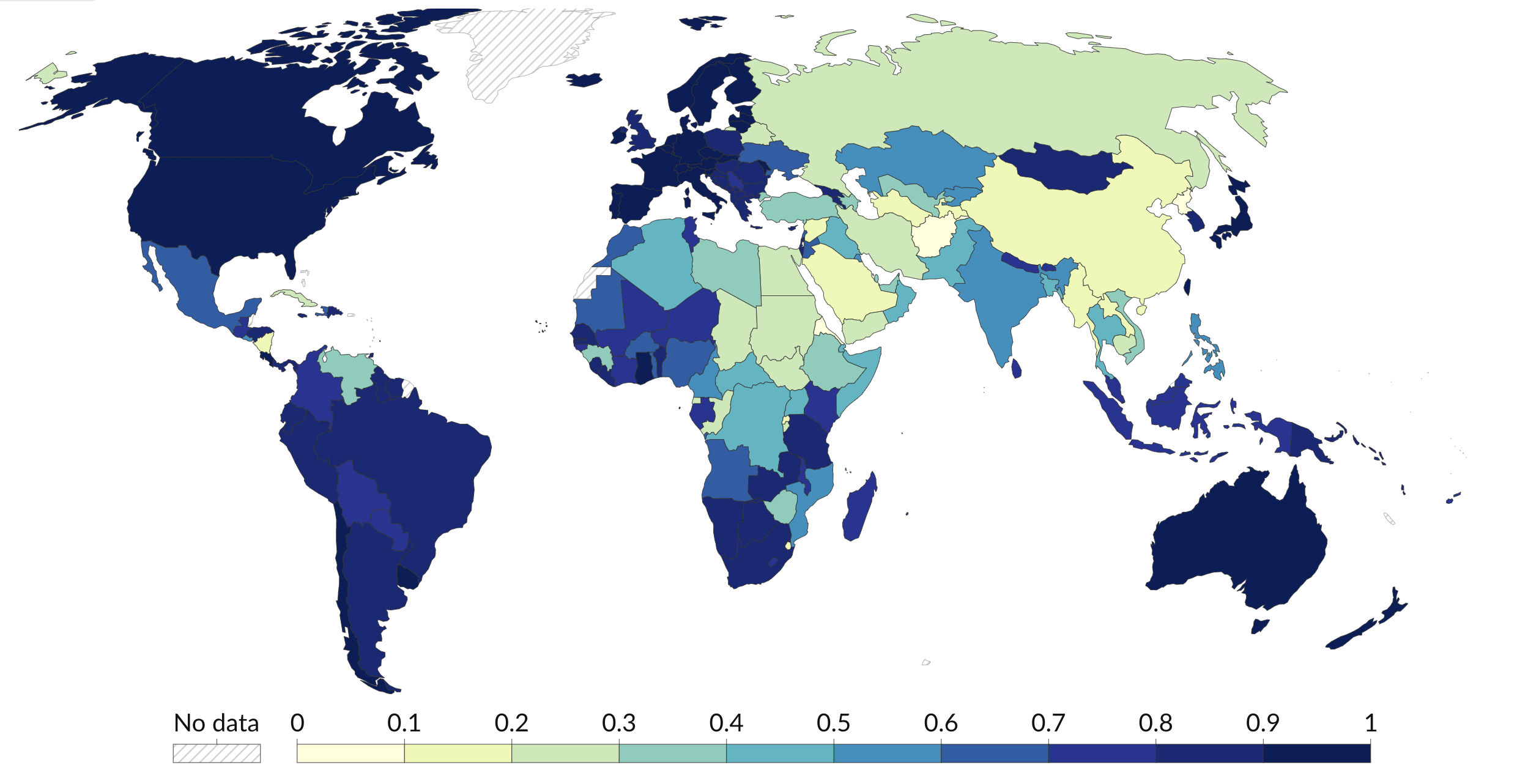1. Intro
Try something new, I am not into wine, juts want to know more about this culture
Type of red wine:
- Cabernet Sauvignon: full-bodied with flavors of black cherry, black currant, baking spices
- Merlot: medium-bodied with softer tannins
- Pinot Noir: light bodied with flavor of red berries and subtle earthiness
Tools
- Wine glass: larger bowl to allow the wine to breathe
- Corkscrew
- Tasting notebook, record the impressions
Steps
- Look: observe the color and clarity
- Swirl: notice the wine forms legs and tears
- Smell: take a brief whiff, then a deeper inhale to identify specific aromas
- Taste: take a small sip and let it roll around moth
- Attack
- Mid-palate
- Aftertaste
Food: often pair with heavier dishes

